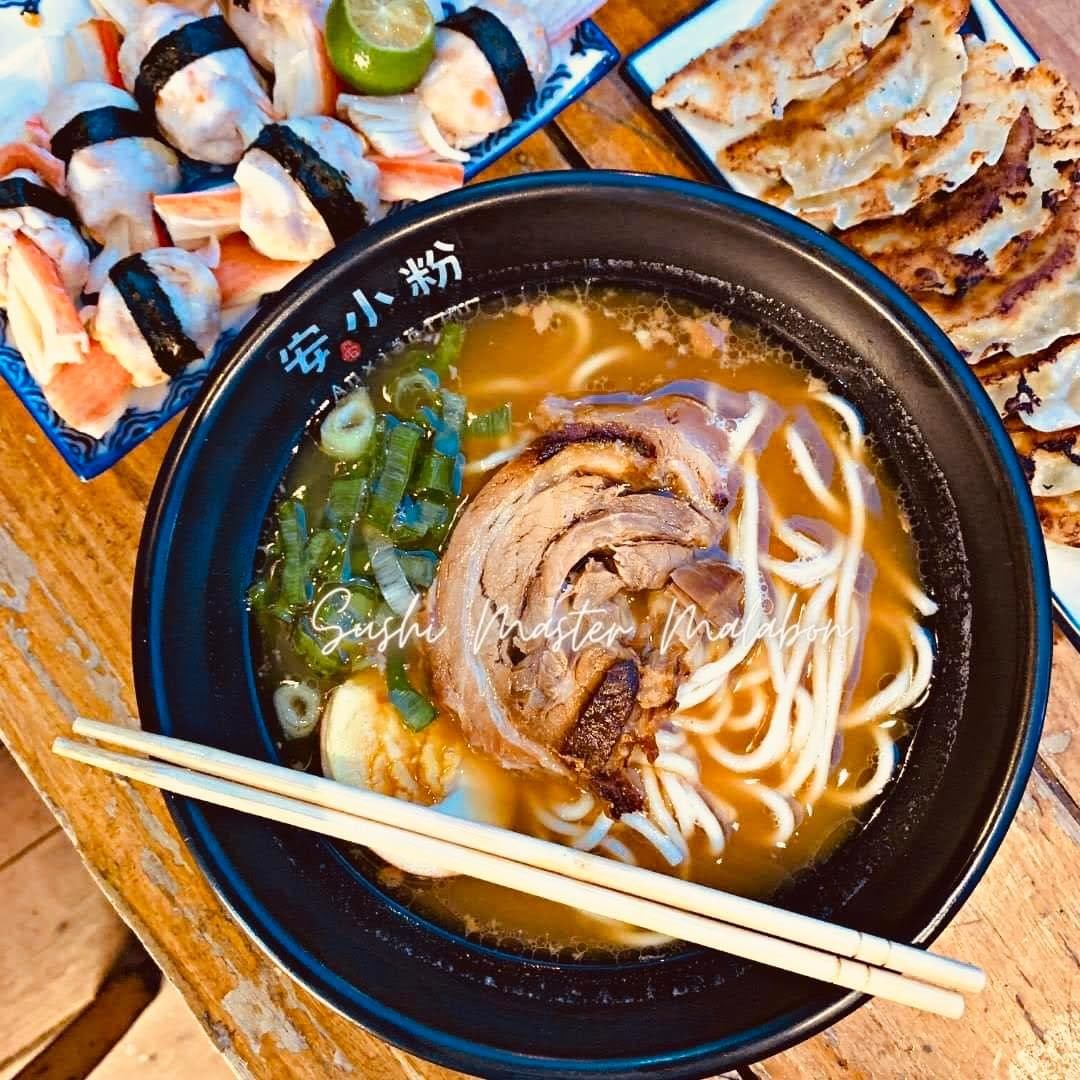Coffee – it’s more than just a morning pick-me-up. It’s a global obsession, a social activity, and for many, a daily ritual. But how did this humble bean evolve from an ancient discovery to the world’s most consumed beverage, second only to water? The journey of coffee is rich, complex, and surprisingly fascinating. Let’s take a deep dive into the history of coffee and explore how it became the beloved drink we know today.
The Origins: From Ethiopia to the Arabian Peninsula
The story of coffee begins in Ethiopia in the 9th century. Legend has it that a goat herder named Kaldi noticed his goats became unusually energetic after eating red cherries from a certain tree. Curious, Kaldi sampled the cherries himself and experienced a similar burst of energy. He shared his discovery with a local monk, who made a drink from the berries. The monk found that the brew helped him stay awake during his long prayers.
This drink eventually caught the attention of other monks, and the use of coffee spread to monasteries in the region. The coffee plant made its way across the Red Sea to Yemen, where people cultivated it and turned it into a more refined beverage.
Read More About: Why Your Coffee Isn’t Tasting Right (And How to Fix It)
Coffee in the Arab World: The Birth of Coffee Culture
By the 15th century, coffee had become a staple in Yemen and the surrounding regions, particularly in the city of Mocha (still famous for its coffee today). Coffeehouses, known as qahveh khaneh, began to spring up in cities like Mecca and Cairo, becoming cultural hubs for intellectual discussion, music, and social interaction.
These establishments were not only places to drink coffee but also spaces for learning and debate. In fact, some historians believe that coffeehouses were central to the spread of new ideas and the development of intellectual and artistic movements.
Coffee Comes to Europe: The “Devil’s Drink” and the Rise of Coffeehouses
In the 16th century, coffee made its way to Europe via trade routes, first reaching Venice and Marseille. However, people didn’t immediately embrace the beverage. Many Europeans were skeptical of coffee, calling it “the devil’s drink,” and Pope Clement VIII had to give his approval before coffee could be widely accepted in Catholic countries. Legend says he tasted it and declared it so delicious that he decided it should be baptized.
Once approved, coffee’s popularity surged. The first coffeehouse in London opened in 1652, and soon others followed, becoming central to the city’s social life. People called these establishments “Penny Universities,” where a cup of coffee cost a penny and intellectual discussions flourished. Think of them as the forerunners of modern cafes, where people came not only for a caffeine fix but also for a sense of community and exchange of ideas.
You Know About: Coffee + Cookies: Perfect Pairings for Every Palate
The Global Spread: Coffee and Colonialism
The demand for coffee continued to grow throughout Europe in the 17th and 18th centuries. However, there was one big challenge: growing coffee. Coffee thrived in specific climates, so Europeans sought to establish plantations in tropical regions around the world.
The Dutch were the first to establish coffee-growing operations in their colonies, including Java (Indonesia). Meanwhile, the French set up plantations in the Caribbean, while the Portuguese grew coffee in Brazil. Coffee became an integral part of the colonial economy, often cultivated on plantations worked by enslaved people.
Brazil, in particular, emerged as a powerhouse in coffee production, and by the 19th century, it was supplying much of the world’s coffee beans.
More About: Top 5 Coffee Shops in Rhyl
The Birth of Modern Coffee: Industrialization and Innovation
Coffee underwent several important transformations in the 19th and 20th centuries, thanks to industrialization and the rise of convenience culture.
The Invention of Instant Coffee:
In 1901, Japanese scientist Satori Kato developed the first commercially successful instant coffee. This invention allowed people to brew coffee instantly with just hot water – no grinding or brewing time required. The convenience of instant coffee made it a hit with soldiers during World War I and II.
The Espresso Machine:
In 1901, the espresso machine was invented in Italy by Luigi Bezzera, marking the beginning of the modern café experience. The espresso machine revolutionized how coffee was brewed, making it faster and more efficient, and it led to the popularization of drinks like cappuccinos and lattes.
You May Know About: Hot Trends in Iced Coffee
The Coffee Explosion: Specialty Coffee and the Rise of Café Culture
While coffee had been enjoyed for centuries, it wasn’t until the 1970s and 1980s that coffee really began to evolve into the global phenomenon we know today. This shift was spearheaded by a new generation of coffee drinkers, especially in the United States.
The Birth of Starbucks:
In 1971, Starbucks opened its doors in Seattle, initially selling high-quality beans and equipment. However, it wasn’t until Howard Schultz took over in 1987 that Starbucks transformed into a coffeehouse culture. Schultz’s vision of combining quality coffee with a cozy, inviting space created a global chain that became synonymous with café culture.
With the rise of Starbucks came an explosion of specialty coffee shops, offering everything from artisanal lattes to hand-poured coffee, and elevating coffee from a simple beverage to an experience. Today, cafés across the world focus on sourcing beans ethically, experimenting with different brewing methods, and providing customers with a unique coffee experience.
Coffee Today: The Global Phenomenon
Today, coffee is consumed by over 2 billion people worldwide, making it the second most traded commodity on the planet, after crude oil. The rise of social media has only fueled coffee’s popularity, with people constantly sharing photos of their carefully crafted drinks, such as flat whites, cappuccinos, and cold brews.
Thanks to the third-wave coffee movement, coffee drinkers are now more discerning than ever, seeking high-quality, sustainably sourced beans. Baristas are now regarded as skilled artisans, and coffee culture has become deeply embedded in social life, whether it’s sipping a latte at your local café or sharing an Instagram-worthy pour-over at home.
Also Read: How Parveen Coffee is Better Than Other Coffee Shops in Rhyl
Conclusion
From its mysterious discovery in the mountains of Ethiopia to its status as a global cultural icon, coffee has come a long way. Its rise to popularity is deeply intertwined with the growth of intellectual exchange, global trade, and technological innovation. Today, coffee is not just a drink—it’s a way of life. So the next time you sip your morning brew, take a moment to appreciate the fascinating journey this small bean has taken to get into your cup.
Frequently Ask Questions (FAQ’s)
Coffee is believed to have originated in Ethiopia and was later cultivated in Yemen before spreading to the rest of the world.
Satori Kato, a Japanese scientist, invented the first commercially successful instant coffee in 1901.
Coffee became popular in Europe in the 16th century after it was introduced from the Arab world. It gained further momentum with the opening of coffeehouses, especially in London.
Third-wave coffee refers to a movement focusing on high-quality, ethically sourced beans and the artisanal crafting of coffee, elevating coffee to an experience rather than just a commodity.
Starbucks revolutionized coffee culture in the late 1980s, turning coffee into an experience by combining high-quality beverages with a comfortable café atmosphere.





